The street is known by many names. Locals have three names for this long road, one for each segment: Jalan Tukang Emas, Jalan Tukang Besi, and Jalan Tokong. Why they have to “divide” the street and give it three names is quite beyond me, but it really is just one long, curved street. Tourists usually call it “Temple Street” because of the number of temples that stand on its edges. But my favorite among all its names — Harmony.
It was our second day in Malacca. It was also our last day, which was quite unfortunate because we have not really seen much of the city other than Jonker, the Dutch Square, and the Museum Complex. In a matter of hours, we would be flouncing out of Melaka. Our scamper along the street slowly turned into a stroll as soon as we noticed the beauty that surrounded us. Harmony Street is flanked with old buildings that have been converted into Chinese shops.
It’s not difficult to see why this historically and culturally important place is dubbed “Harmony Street.” A number of places of worship abound in the area, and they belong to different religions — the major religions in Malaysia. They are the Kampung Kling Mosque (Islam), Sri Poyyatha Vinayagar Moorthi Temple (Hinduism), Cheng Hoon Teng Temple (Taoism, Buddhism, Confucianism), and Xiang Lin Si Temple (Buddhism).
Harmony Street is a gigantic testament to religious pluralism in Malacca, which is absolutely admirable.
1. Kampung Kling Mosque
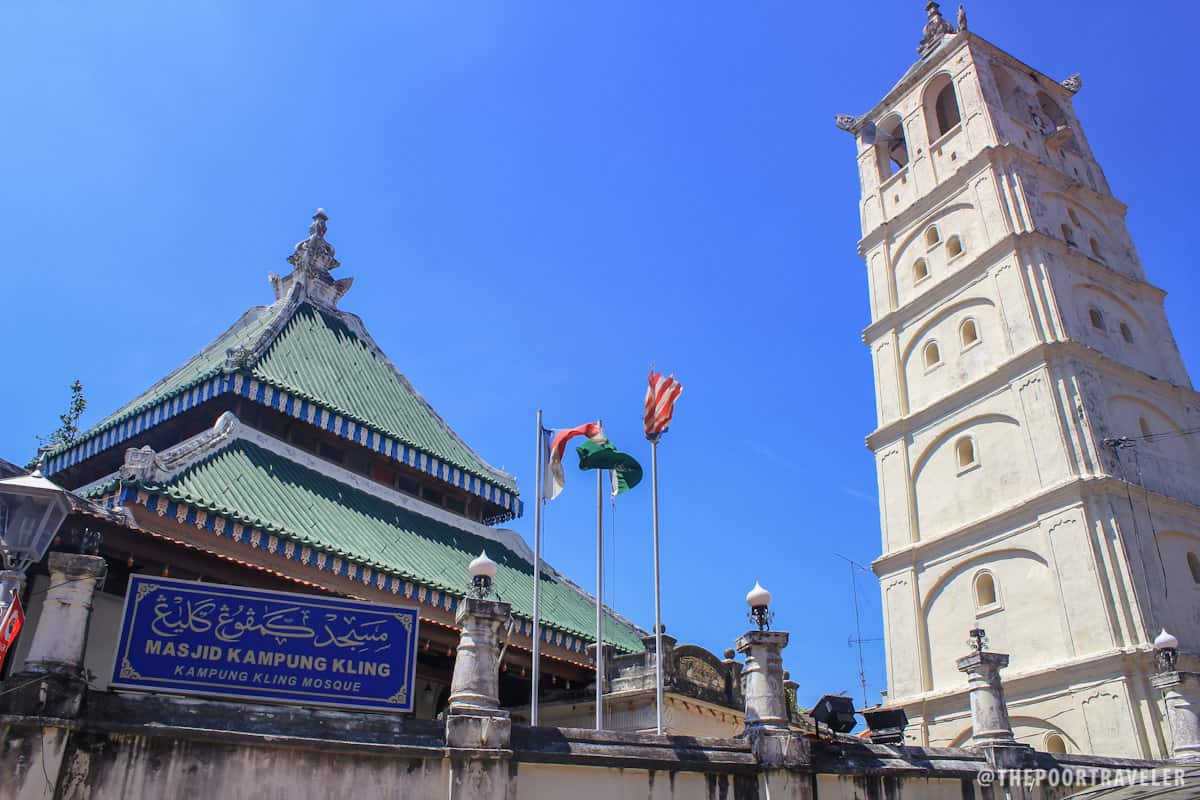
Built in 1748, Kampung Kling Mosque is one of the remnants of a Muslim Indian village that once occupied the area. In the 18th century, the area was called Kampung Kling. Kampung literally means village and Klings are what natives called the Muslim Indians originating from South India. (I’m not sure if the etymology of the word Kling has something to do with the term Keling, which is considered offensive nowadays. If so, I don’t think it was offensive at the time the mosque was built.)
The mosque is almost concealed by a wall, built far later on, but the structure becomes noticeable because of a towering minaret that kind of looks like the Chinese pagoda.
2. Sri Poyyatha Vinayagar Moorthi Temple
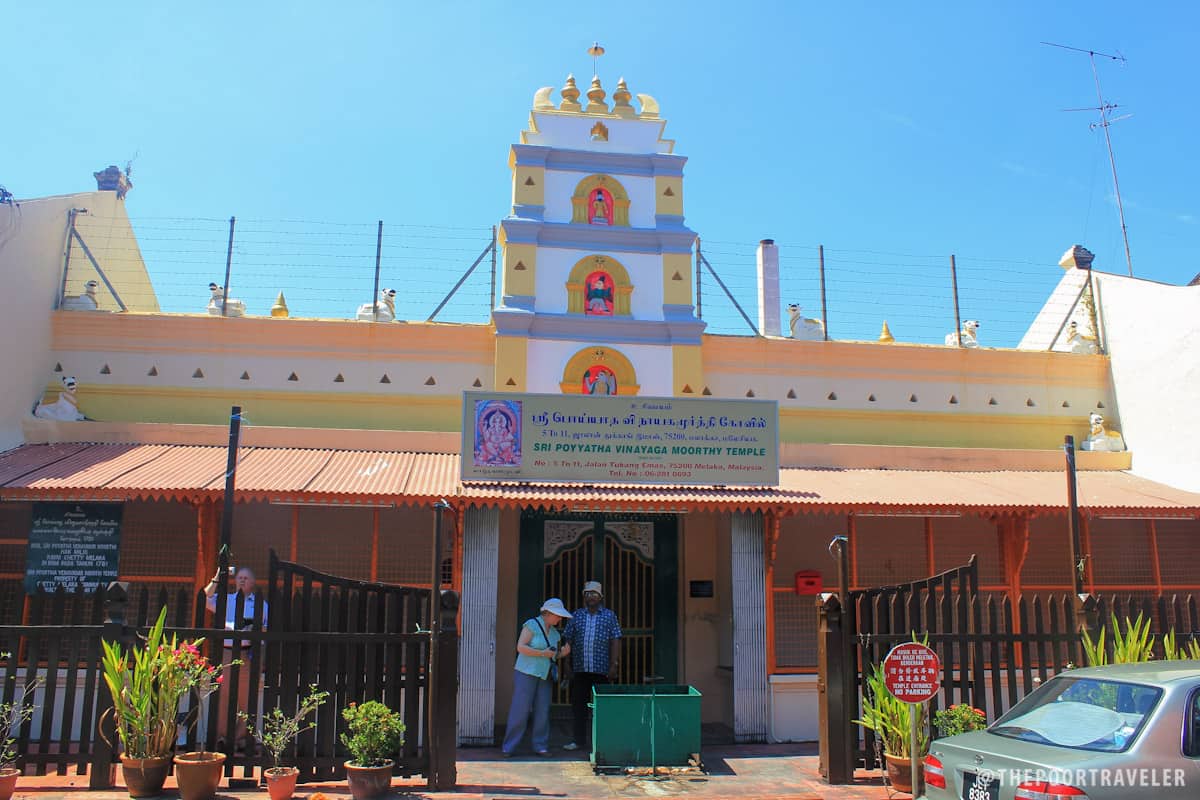
Unfortunately, the Sri Poyyatha Vinayagar Moorthi Temple was closed when we passed by. This Hindu Temple was built in honor of Vinayagar, a deity worshipped not just in Hinduism but also venerated in other religions, too. According to the website of Sri Ruthra Kaliamman Temple (a Hindu Temple in Singapore): Vinayagar is both the Lord of obstacles as well as the Remover of obstacles. When we do evil things or when the time is not right, He places obstacles in our path. When we take the correct path, He removes the root of our troubles.
3. Cheng Hoon Teng Temple
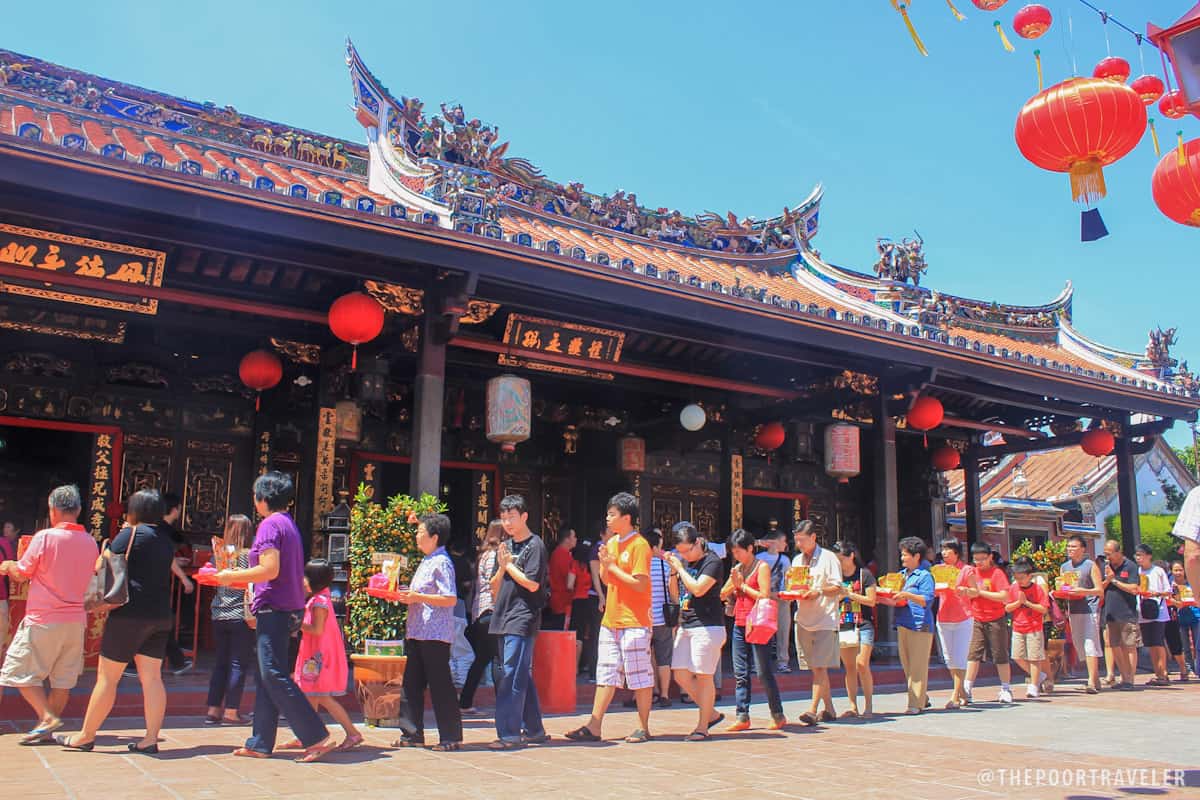
Of the four temples along Temple Street, the Cheng Hoon Teng Temple is definitely my favorite. It is probably the biggest, the most eye-catching, the most richly decorated and the most intricately designed. Plus, I got to see locals pray and worship while we were there. Locals, led by monks, gathered together for prayer. It actually felt weird to stand there while they worship but they said it was alright as they were used to tourists walking around the site.
The Cheng Hoon Teng Temple practices the Three Doctrinal Systems of Taoism, Confucianism, and Buddhism and was the primary place of worship for the Hoklo (Hokkien) population in Malacca. It was erected in 1645 by Lee Wei King, a Kapitan, using materials from China.
4. Xiang Lin Si Temple
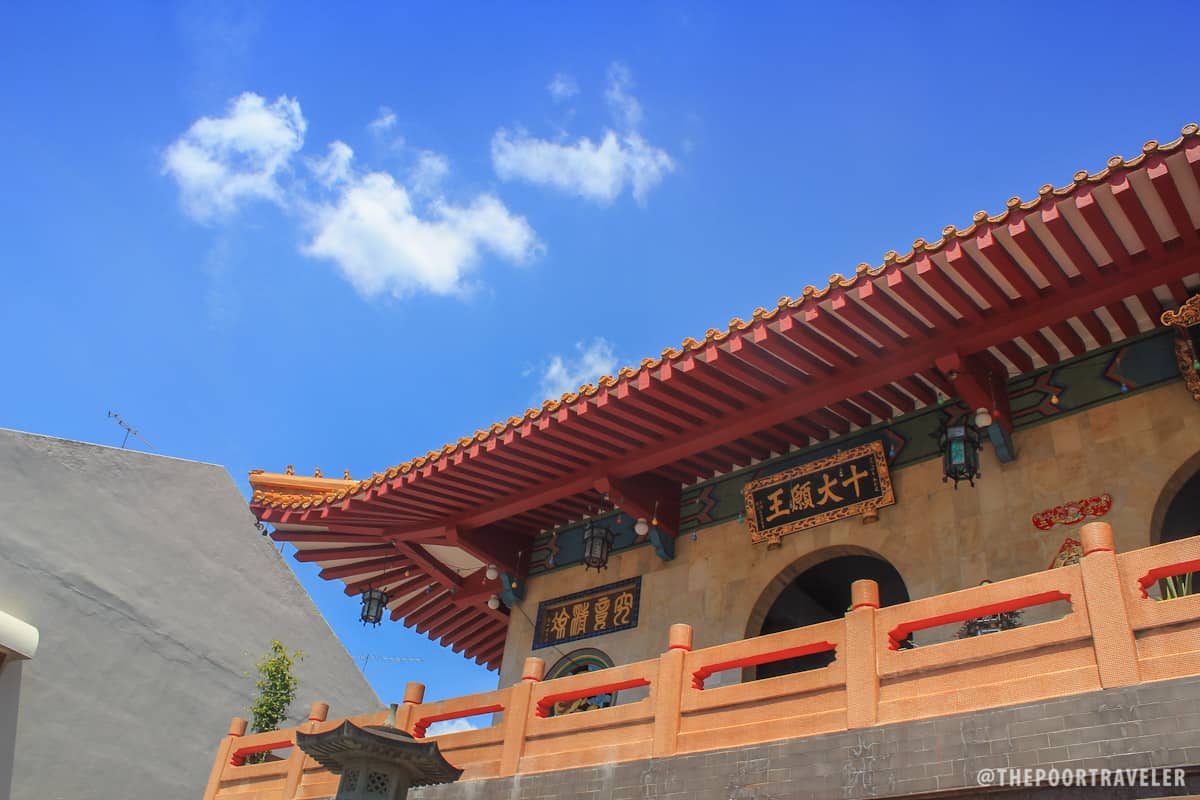
Unlike its neighbor, the Xiang Lin Si Temple is not crowded at all. It stands almost directly opposite Cheng Hoon Teng Temple, just a few meters away. There were no tourists at all, aside from us, when we were there. But some locals were also there to pray and light incense sticks. I believe it’s a Buddhist temple because of the several statues of Buddha inside the temple and another big one at the center of the main prayer hall.
There’s no describing how I felt as we walked along Harmony Street. There was just a great deal of joy in knowing that the people of Malacca peacefully co-exist for centuries despite the differences in religious beliefs. There was a sense of triumph in realizing that the people of Malacca had their main places of worship stand almost next to each other in just one street.
(That’s like Britney Spears, Christina Aguilera, and Beyonce sharing the stage in just one concert. Or Mariah, Whitney and Celine. Or the Rolling Stones, Queen, and U2! OK, enough, you get the feeling.)
But seriously, though, it was a great feeling. It is a glimmer of hope, faint perhaps but still a glimmer, that the world can choose to live together in peace, in tolerance, and — wait for it — in harmony.
Posted: 2012 • 8 • 11
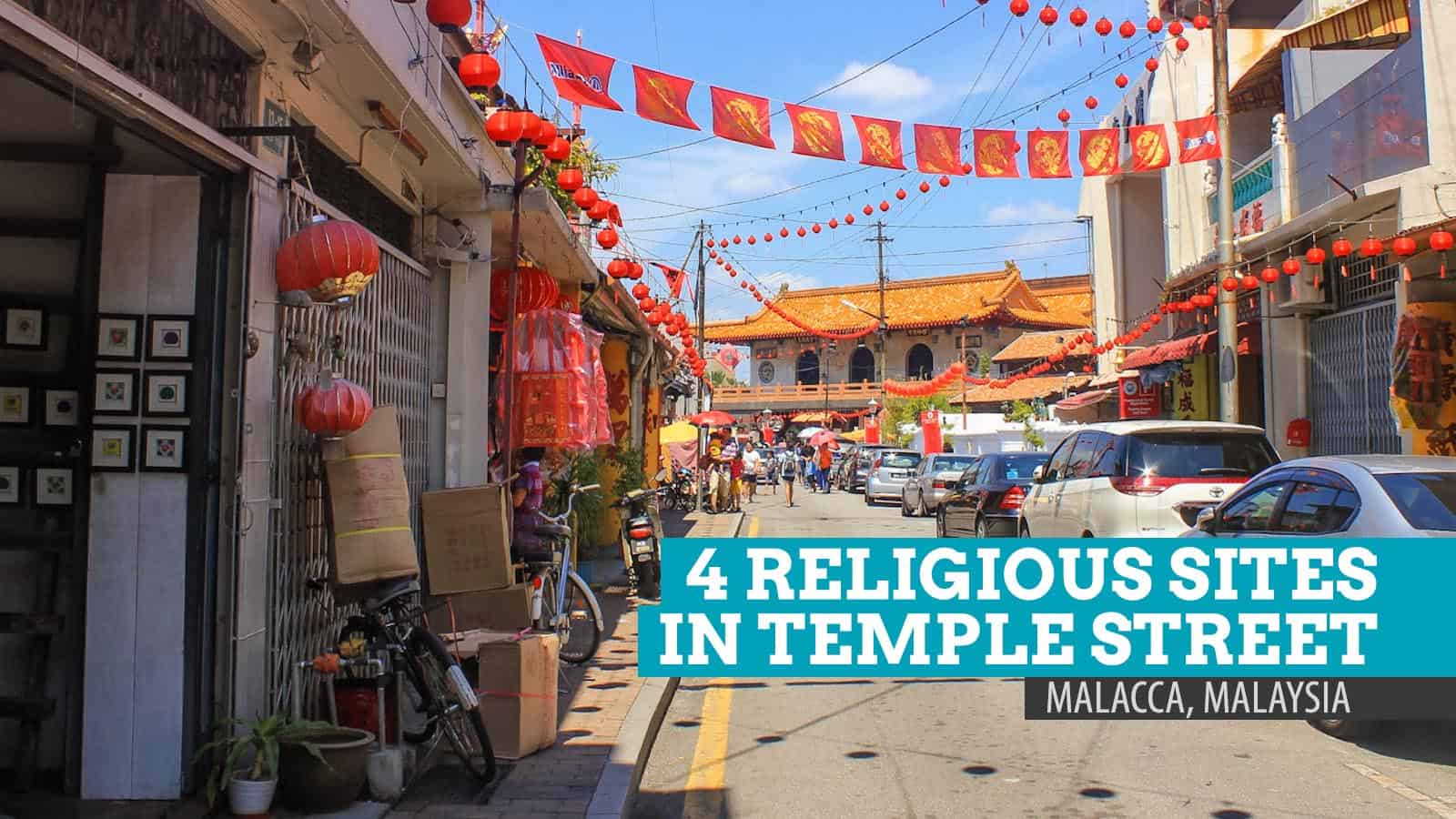


























[…] the Fishing Nets Before I die… Walking in Harmony Have you visited Malacca Malaysia? What were your impressions? Or maybe you have suggestions […]
[…] parken, oder in der Nähe des Hotels Casa del Rio. Was in Malaka besonders beeindruckend ist: die Harmony street, eine Straße mit einer Moschee, einem chinesischen, einem hinduistischen und einem Buddha Tempel […]
[…] Harmony Street […]